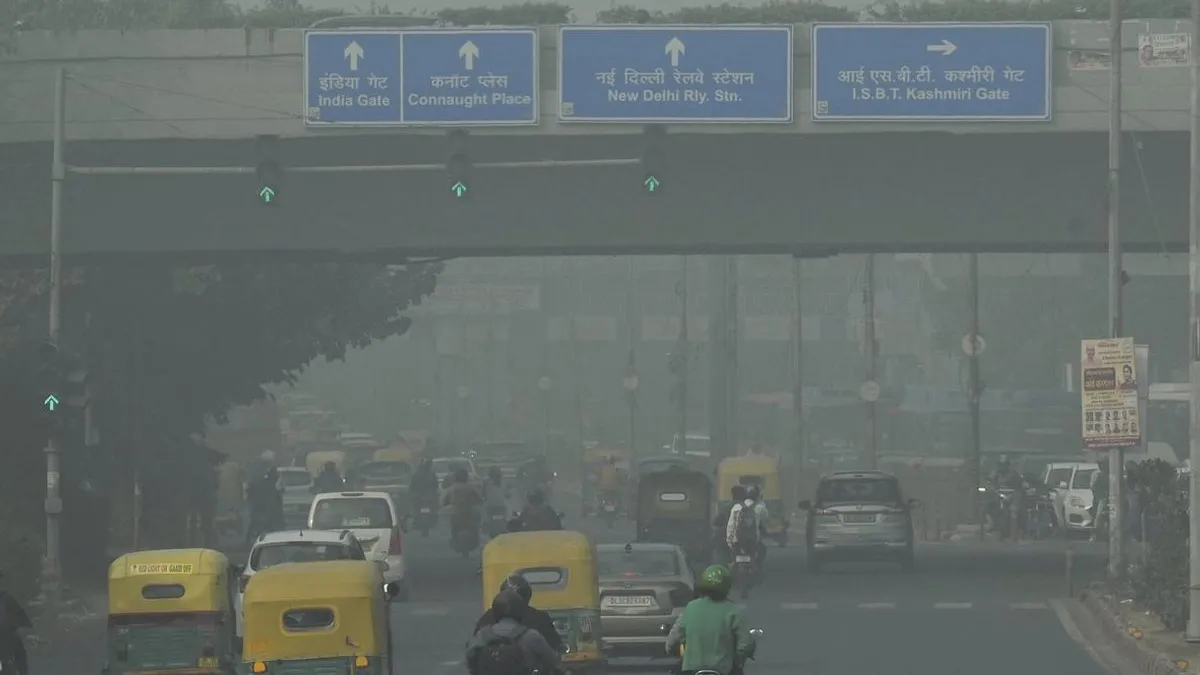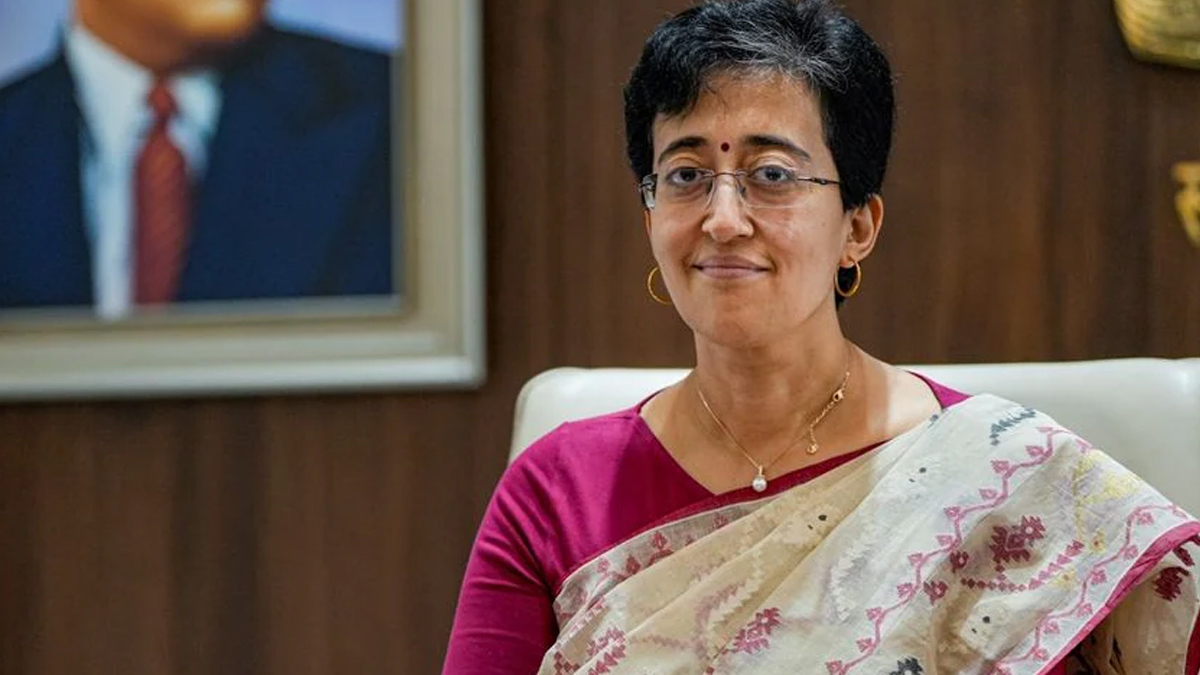
Delhi is grappling with an unprecedented pollution crisis as air quality levels plummet to hazardous levels. In response to the deteriorating situation, Chief Minister Atishi announced a series of measures, including staggered office hours and enforcement of Stage IV of the Graded Response Action Plan (GRAP), to mitigate the adverse effects of the worsening air quality in the National Capital Region (NCR).
Table of Content:-
Staggered Timings for Government Offices
In a bid to ease traffic congestion and reduce vehicular emissions, Chief Minister Atishi introduced revised working hours for government offices across the city. This strategic move aims to limit the concentration of vehicles on the roads during peak hours, which contributes significantly to air pollution.
- Municipal Corporation of Delhi: 8:30 AM to 5:00 PM
- Central Government Offices: 9:00 AM to 5:30 PM
- Delhi Government Offices: 10:00 AM to 6:30 PM
This staggered schedule will reduce the overlapping of commuting hours, thereby cutting down traffic emissions in the city.
To reduce traffic congestion and associated pollution, Govt offices across Delhi will be following staggered timings:
— Atishi (@AtishiAAP) November 15, 2024
1. Municipal Corporation of Delhi: 8:30am to 5pm
2. Central Govt: 9am to 5:30pm
3. Delhi Govt: 10am to 6:30pm
GRAP-4 Enforced: What It Means for Delhi
The Commission for Air Quality Management (CAQM) has escalated the Graded Response Action Plan (GRAP) to Stage IV—‘Severe Plus’—from 8:00 AM on November 18. This is the most stringent stage of GRAP, implemented when the Air Quality Index (AQI) crosses the ‘severe’ threshold.
On November 17, Delhi recorded an alarming AQI of 457, placing it firmly in the ‘severe plus’ category. This is the first time this season that air quality has plunged to such hazardous levels. As part of Stage IV measures, several strict restrictions have been introduced:
Also Read: Delhi Slumps Under Poor Air Quality; Schools Shift Online Amid Health Crisis
- Construction Ban: All construction and demolition activities related to public projects, including highways, flyovers, power lines, and pipelines, have been suspended.
- Truck Entry Restrictions: Only trucks carrying essential commodities or those using clean fuel (CNG/LNG/BS-VI diesel/electric) are allowed to enter Delhi. Non-essential light commercial vehicles registered outside Delhi are also restricted unless they run on EVs or CNG.
- Vehicle Restrictions: Diesel vehicles compliant with BS-IV standards or older are prohibited from operating unless engaged in essential services.

Impact on Education and Workplaces
The smog-laden air has also prompted authorities to propose changes in educational and workplace norms:
- School Closures: Classes VI to IX and XI may shift to online teaching modes to safeguard students' health.
- Work-from-Home Recommendations: The CAQM has advised government offices, including central, municipal, and private sectors, to operate at 50% capacity, allowing the rest of the workforce to work remotely.
These measures are expected to reduce outdoor movement and associated emissions, thus helping alleviate pollution levels.
Also Read: Delhi Air Pollution: Air Quality Remains 'Very Poor' as AQI Soars Past 500 in NCR
Other Measures Under Consideration
The Centre’s air quality panel has suggested additional steps to further curb pollution:
- Odd-Even Vehicle Rule: State governments may introduce this measure to limit vehicular emissions.
- Restricting Non-Essential Activities: Non-essential commercial activities might be scaled back to reduce human-induced emissions.
These recommendations, if enforced, could significantly lower pollution levels while minimizing public exposure to toxic air.
View this post on Instagram
The Broader Context of Delhi’s Pollution Crisis
The current situation in Delhi-NCR has reached a tipping point, with smoggy conditions prevailing across most areas. Data from the Central Pollution Control Board (CPCB) revealed that nearly all monitoring stations recorded AQI levels above 400, categorizing them as ‘severe.’
The escalating pollution crisis is attributed to a combination of vehicular emissions, construction dust, and seasonal factors such as stubble burning in neighbouring states. These elements have collectively created a toxic environment, endangering public health.
Bottomline
As Delhi battles this environmental emergency, these measures represent a unified effort by the government and regulatory bodies to curb pollution and protect public health. However, achieving sustainable air quality improvement will require continued vigilance, stricter enforcement of regulations, and proactive public cooperation.
While the staggered office hours and GRAP-4 enforcement are significant steps, long-term solutions such as promoting green infrastructure, transitioning to clean energy, and fostering behavioral changes remain critical in addressing the root causes of Delhi’s pollution crisis.
Also watch this video
How we keep this article up to date:
We work with experts and keep a close eye on the latest in health and wellness. Whenever there is a new research or helpful information, we update our articles with accurate and useful advice.
Current Version
